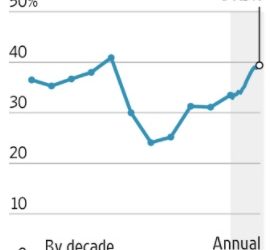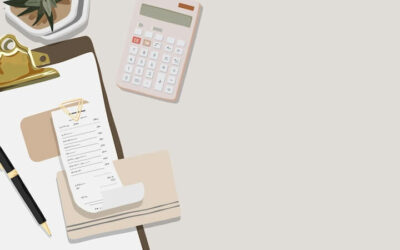
 image by lendingmemo.com, cc license
image by lendingmemo.com, cc license
The Federal Student Aid office in the Department of Education recently updated their materials on loan forgiveness for public service employees (known as the Public Service Loan Forgiveness Program). In fact, you may have received their new version of the Dear Borrower letter about the program. While this can be a lengthy process, it can provide a lifeline to students who incurred a large amount of debt for school, but have chosen to pursue a career path that’s beneficial to society at large.
Below is our quick guide to the program. If you prefer to read it straight from the source, you can do so on this Federal Student Aid office website.
Who might qualify?
If, after college, you work full-time (30 hours+/week) for any private, not-for-profit organization (that is not a labor union or a partisan political organization) that provides one or more of the following public services, you might qualify.
- Emergency management
- Military service
- Public safety
- Law enforcement
- Public interest law services
- Early childhood education (including licensed or regulated health care, Head Start, and state-funded pre-kindergarten)
- Public service for individuals with disabilities and the elderly
- Public health (including nurses, nurse practitioners, nurses in a clinical setting, and full-time professionals engaged in health care practitioner occupations and health care support occupations)
- Public education
- Public library services
- School library or other school-based services
- Working for a government organization (including a federal, state, local, or tribal organization, agency, or entity; a public child or family service agency; or a tribal college or university).
- Working for a not-for-profit, tax-exempt organization under section 501(c)(3) of the Internal Revenue Code.
Does loan type matter?
Yes. Any non-defaulted loan made under the Direct Loan Program (Direct Stafford/Ford [whether subsidized or unsubsidized], Direct PLUS and Direct Consolidation) is eligible for loan forgiveness.
However, even if your loan isn’t one of the main types that are eligible for repayment, you might be able to consolidate your loans into a preferred type. This part is a little complicated, so please read more in the Federal Student Aid guide.
How do you qualify?
In addition to being employed in public service, the borrower must make, while employed, 120 separate monthly payments under the Direct Loan Program loans which are eligible for forgiveness. The payments must be on time, although not necessarily consecutive. Defaulted loans are ineligible.
The payments must come under a Federal Direct Loan repayment program. The following are eligible:
- Income-Based Repayment (IBR) Plan (not available for Direct PLUS Loans made to parents or for Direct Consolidation Loans that repaid Direct or FFEL PLUS Loans made to parents)
- Pay As You Earn Plan (not available for Direct PLUS Loans made to parents or for Direct Consolidation Loans that repaid Direct or FFEL PLUS Loans made to parents)
- Income Contingent Repayment (ICR) Plan (not available for Direct PLUS Loans made to parents; however, Direct Consolidation Loans that repaid Direct or FFEL PLUS loans made to parents may be repaid under ICR)
- 10-Year Standard Repayment Plan
- Any other Direct Loan Program repayment plan; but only payments that are at least equal to the monthly payment amount that would have been required under the 10-Year Standard Repayment Plan may be counted toward the required 120 payments
For more information about the repayment programs, please read more here: https://studentaid.ed.gov/repay-loans
How do I get started?
Get your employer to help you go through the employment certification for Public Student Loan Forgiveness form. This form will allow you to track your 120 qualifying payments while employed full-time in public service. Note: you must be a full-time employee at a qualifying public service organization at the time you apply for PSLF Program loan forgiveness and at the time forgiveness is granted.
What if I’m looking for another way to have my loan forgiven?
There are many types of loan forgiveness plans that are state run. We suggest perusing the SALT guide for a good list of what’s around.



